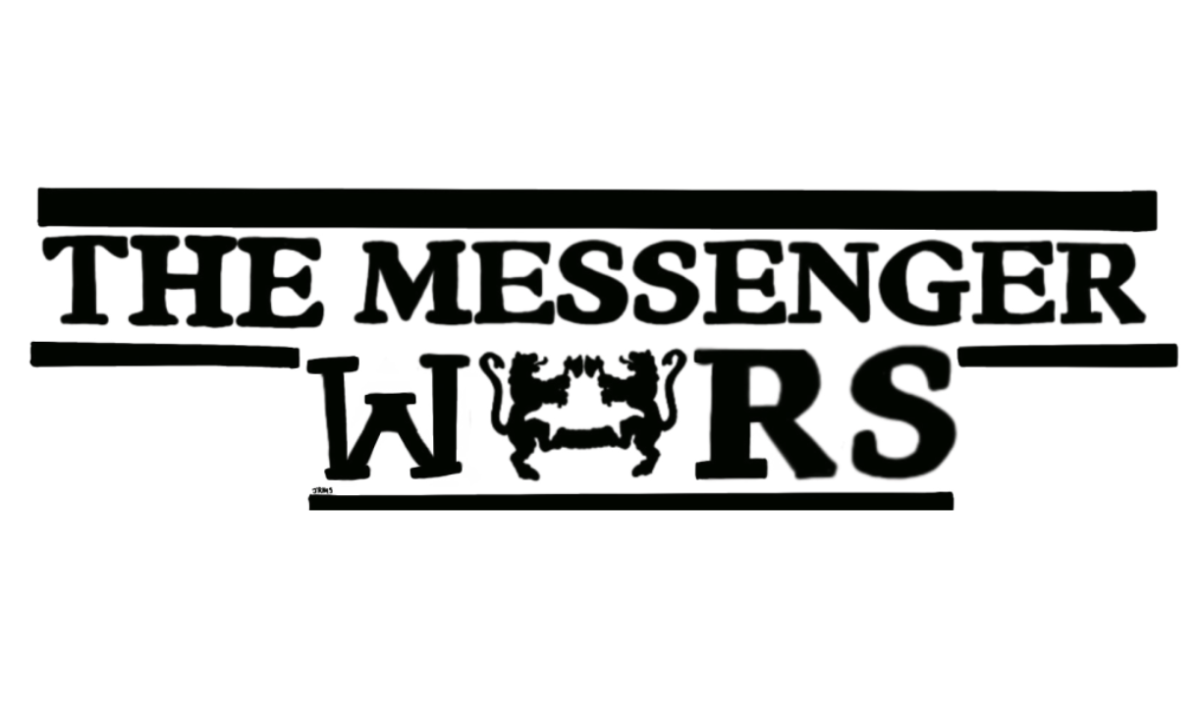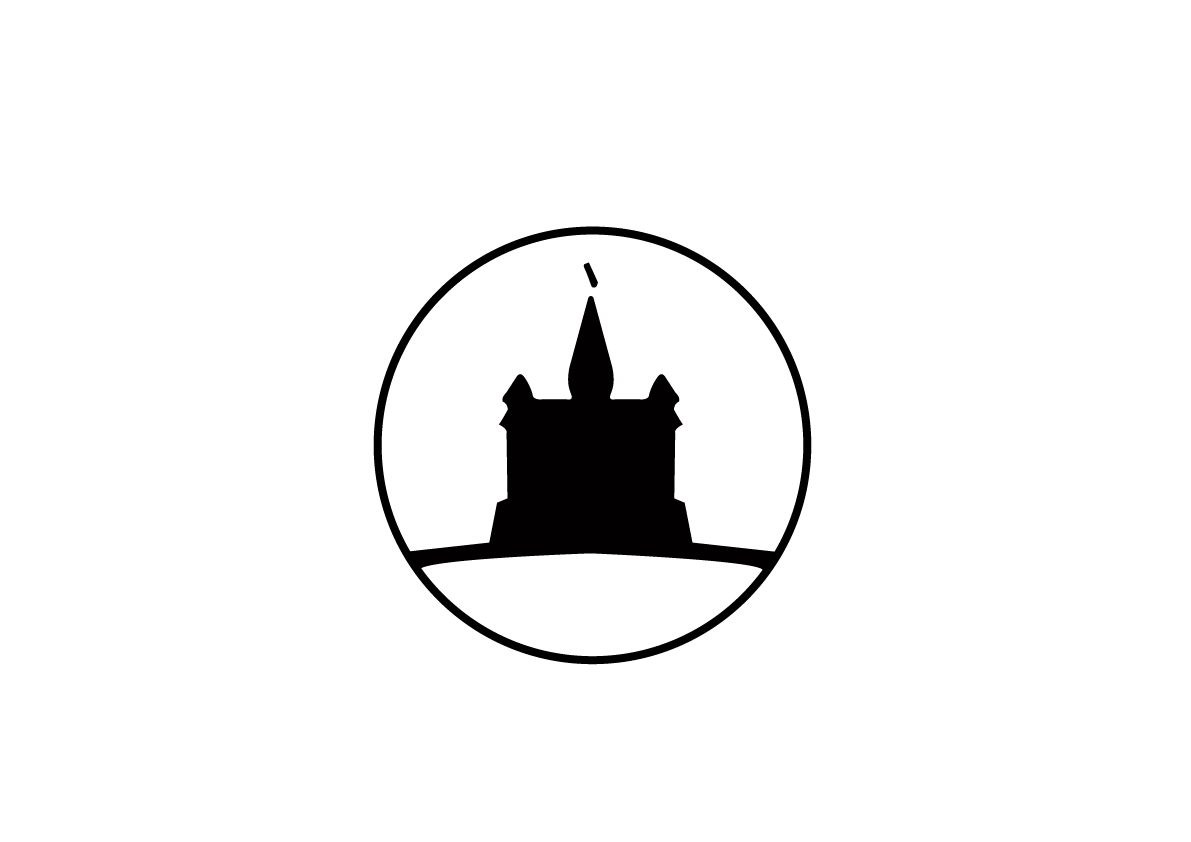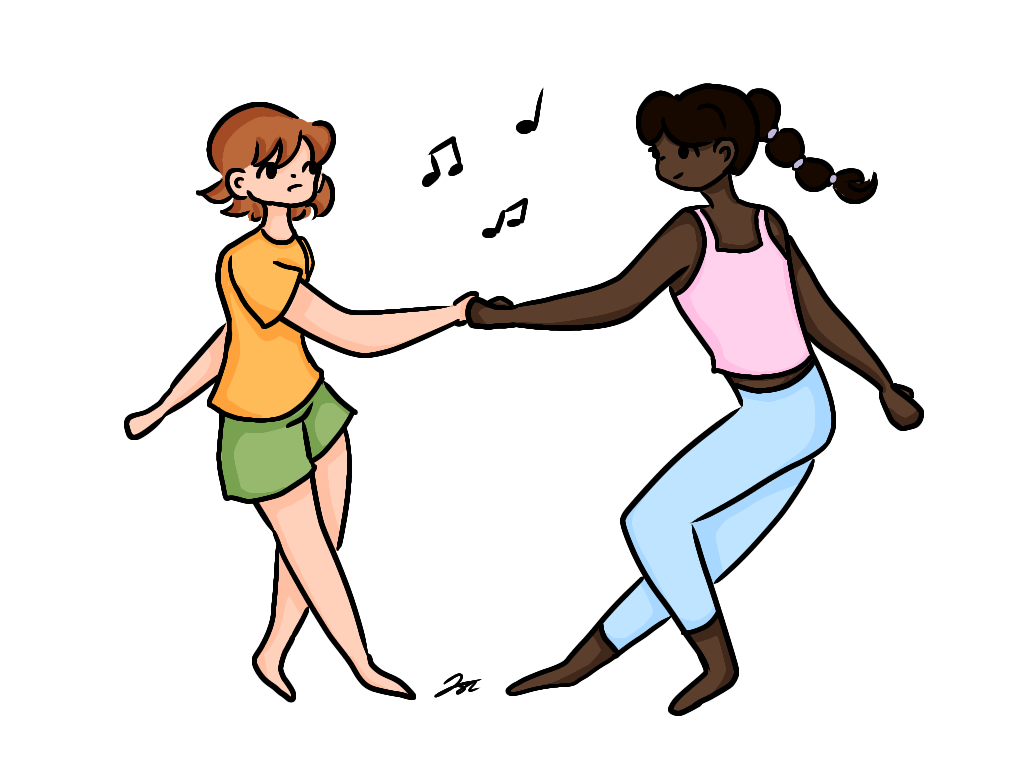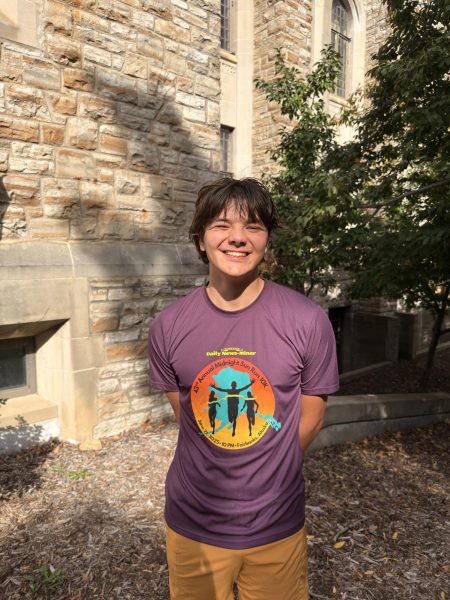As I begin my ranking, you might think to yourself, “Wow, these coats are really expensive.” And you’d be right. Even my value coat is relatively expensive, but before I begin, maybe I can rationally explain why.
Winter coats are an investment. Gone are the days of growing out of a coat, and unless you’re chopping firewood in it or bushwacking the woods behind Ellingson daily, you won’t wear it out. Winter coats of today — at least the ones on this list — are designed to last 10 years or longer.
Another reason coats are so expensive is the price-per-degree of warmth. A winter coat is a coat that will keep you warm below freezing, so the absolute minimum viability is 32 degrees Fahrenheit. That coat, from brands across the board, will cost $120. So for every colder degree the price goes up, which by my estimates, is about $14.30 per degree. Lastly, in my research, I walked mostly around the men’s section, because that’s what fits me the best, but I am a firm believer that gendered winter gear is arbitrary and 90 percent of the time, entirely pointless. All the coats covered fit unisex.
Next, these winter coats are what we would say are the best for Northfield, so I was looking for coats that were super windproof, somewhat rainproof, and fashionable enough to impress the art majors.
The best all-around coat for life on the hill is the Greenland No.1 Down Jacket from Fjälräven. The pros — It’s made with G-1000, which is a wind stopping dense-weave fabric that’s 65 percent polyester, and 35 percent cotton. It’s remained relatively unchanged since Fjälräven invented it in 1968. It’s filled with a thin but capable lining of goose down, and the trim is vegetable tanned leather. The coat has five functional pockets, and has a temperature rating of -10 F, which is an average price per degree of $9.04. The G-1000 fabric keeps the jacket element proof, and the matte silver fox stamped buttons are the definition of winter class. It does however come at the lofty price of $500. Fjälräven does have a legacy of making “gear designed to last a lifetime,” so the price could be considered well worth it.
The best value coat in my opinion is the L.L. Bean Utility Jacket. For $199, L.L. Bean has combined a well designed cotton and nylon canvas, polyester insulation, and a sherpa fleece lined hood, something unheard of at the price point. The coat also has a generous four pockets, hood sinches, and an average price per degree of $7.90 to a temperature rating of 21 degrees Fahrenheit. You can choose between green, black, and a canvas brown, within a full size range. The coat is incredibly midwestern, so expect to feel like a true bred Wisconsinite should you choose to purchase.
Lastly, is a coat for all of the Southerners who can’t handle the Northern attitude: the Macai Jacket by Arc’teryx, for $1,100. It’s been described as a “fortress to wear” and the combination of industry leading Gore-tex fabric and the Arc’teryx engineers’ refinement is second to none. The waterproof zipper pockets are covered, the hood and snow skirt are removable, and there’s pit zips. The jacket is rated to -20 degrees Fahrenheit, which evens out to a lofty $18.84 per degree. Is near complete impenetrability worth the cost?
Addendum: My really loose math was to take the price of the jacket, minus 120 for the base cost of a winter coat, divided by the total number of degrees: Macai Jacket: (1100 – 120) / 52 = 18.84. To find the average price-per-degree in paragraph one, I used that formula on the warmest jacket from L. L. Bean, Arc’teryx, Fjälräven, Columbia, The North Face, Patagonia, Canada Goose, REI, and Outdoor Research, and then calculated the mean.
Jacob Rozell is from Fairbanks, Alaska. His major is creative writing.




